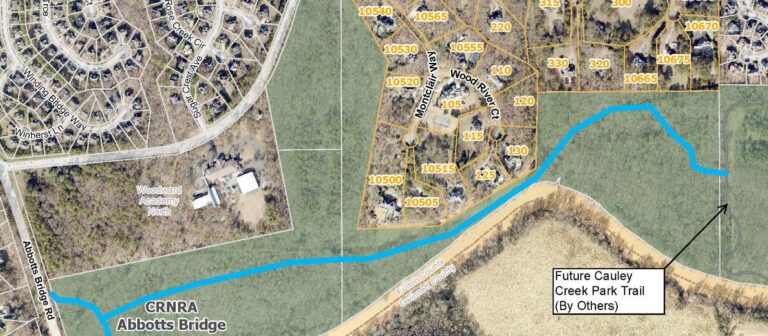
Paid Parking
Soft-surface
Fishing, Jogging, Running
Waterfront Trail
9:00 AM - 5:00 PM
Share this Trail:
Paid Parking
Soft-surface
Fishing, Jogging, Running
Waterfront Trail
9:00 AM - 5:00 PM
Share this Trail:
Accessible year-round for walking, jogging, nature trips, and fishing, Gold Branch Trail is a fairly popular waterfront trail near Roswell, GA. Leashed dogs are welcome. The trail allows access to the banks of the Chattahoochee River and the shores of Bull Sluice Lake. Observe many species on this trail, including cattails, marsh grasses, and aquatic plants as well as heron, geese, ducks, fish, and turtles. Deer are frequent sights along the less traveled parts of the trail.

Share your sights and stories as you experience how the RiverLands changes and grows over time. Just like you. Visit us on Instagram at @chattahoocheeriverlands to share photos and memories made along the trail.
The Chattahoochee River and its surrounding areas and network of trails are rich in history and culture, ecology and habitat, and community. Do you have historical information on this trail? Or a personal story? Share with us at riverlands@tpl.org




